Baryonyx
Name Origin
Heavy Claw
Family
Spinosauridae
Classification
Diapsida, Saurischia, Theropoda
Habitat (Discovery Location)
United Kingdom
Period
Approximately 125 to 94 million years ago (Early Cretaceous to Mid-Cretaceous)
Length
Approximately 8 to 10 meters
Weight
Approximately 1.5 to 5.5 tons
Diet
Carnivore (Meat-eater)
 Jurassic
Jurassic
Park / World Featured Dinosaur
Appearance in Jurassic Park
It never appeared in the film as a living creature.
However, it was established in the park's lore as one of the dinosaurs being exhibited and housed. Although not directly depicted in the movie, it is confirmed that a dedicated Baryonyx paddock was included on the park map and in related materials, and that the sign (symbol) marking its location featured a skull design.Appearance in Jurassic Park III
Unfortunately, the Baryonyx does not make an appearance as a living creature in the film.
Its only "appearance" is a single mention by name. This occurs in a line of dialogue when Dr. Alan Grant's assistant, Billy Brennan, references it as a comparison while investigating what is presumed to be Spinosaurus droppings (dung).
However, according to the official lore, it was included on the species list from the time of the first Jurassic Park and is considered one of the dinosaurs that was bred for the park.
It is also said that during the early stages of the film's production, Baryonyx was originally planned to be the main "signature dinosaur" of Jurassic Park III, rather than the Spinosaurus that was ultimately used.Appearance in Jurassic World
Over a decade after the Jurassic Park trilogy, this dinosaur finally made its on-screen debut in Jurassic World as one of the species housed in the park.
According to the official lore, it was already on InGen's species list back in the time of the first Jurassic Park, and its name was even mentioned in Jurassic Park III.
Unfortunately, in this film, its appearance is limited to just a brief moment. It is also notable that the individuals featured in the sequels (such as Fallen Kingdom) have a different appearance from the one seen in this movie.Appearance in Jurassic World: Fallen Kingdom
In this film, Baryonyx finally made its full on-screen debut, a moment long awaited by fans of the series.
While the existence of Baryonyx had been hinted at in previous films (the first and third installments), it had never actually appeared on film for a long time. According to the lore, five individuals inhabited Isla Sorna as early as the first film, and in the previous movie, Jurassic World, they were supposedly housed in the "Cretaceous Cruise" attraction, yet they never appeared in the actual film.
Therefore, its appearance in this film marks a dream come true: 22 years after the first film and 14 years after falling behind its "junior" relative, Spinosaurus (which debuted in Jurassic Park III).
Notably, the individuals seen in official artwork for the previous film were depicted with ocher skin, green markings around the eyes, and feathers on their heads and arms. The individuals in this film look significantly different. It is unknown if this difference is due to sexual dimorphism.
In the film, it goes on a rampage, as if venting the frustration of never having appeared before. As the volcanic eruption on Isla Nublar looms, it invades the underground control room (the old research lab) through a drainage tunnel. It attacks the trapped Claire and Franklin, driving them into a desperate, life-or-death situation.
What is noteworthy about this scene is its abnormal persistence and durability. It appears to have a personality that relentlessly corners its target once chosen; even when lava dripped onto its head and burned its skin, it continued its attack without flinching. The fact that it took direct contact with lava—which is hot enough to melt bone—without seeming to take significant damage demonstrates top-class durability among the dinosaurs of Isla Nublar.
Additionally, there is a moment where it appears to be climbing a ladder, suggesting the possibility that it possessed a relatively high level of intelligence.
Later, an individual (it is unclear if it was the same one) was captured by mercenaries and transported to the "Lockwood Estate" on the U.S. mainland. The Baryonyx was sold for a high price at the auction, and in the final scenes, it is shown being transported by plane to Russia.
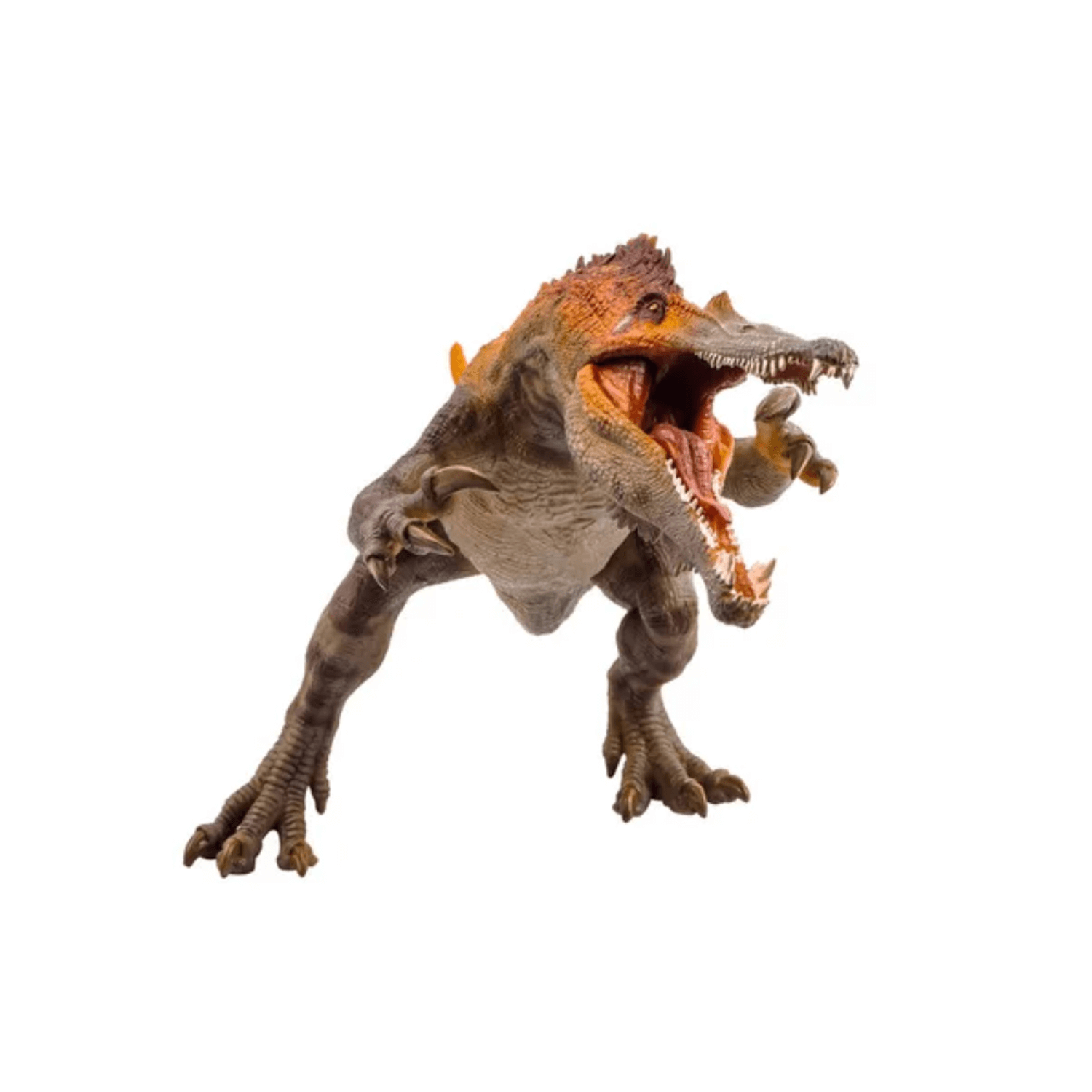
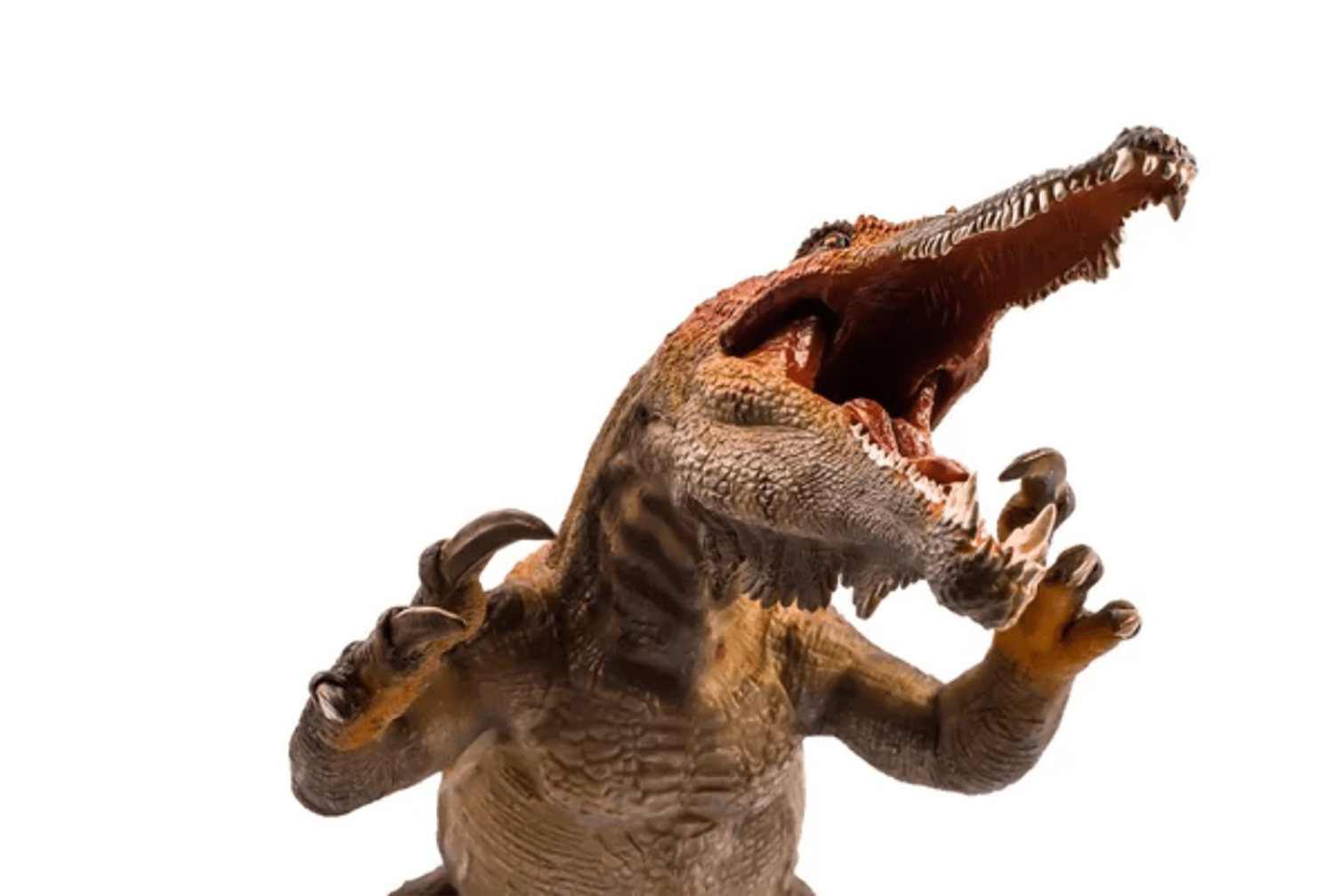

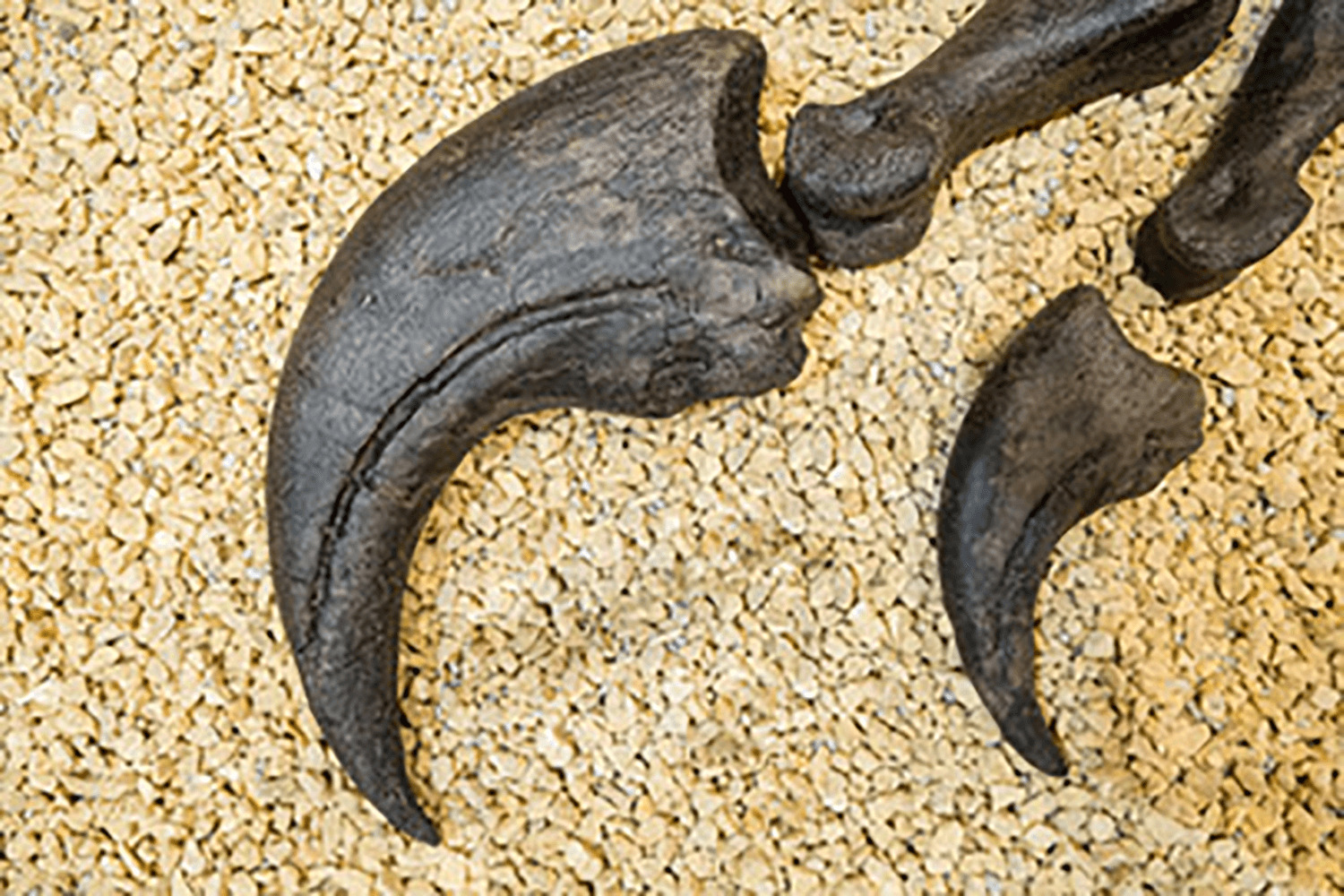
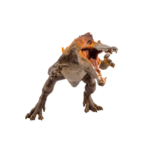
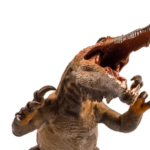
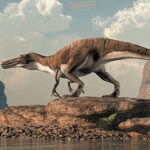
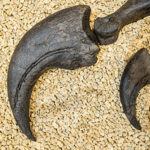
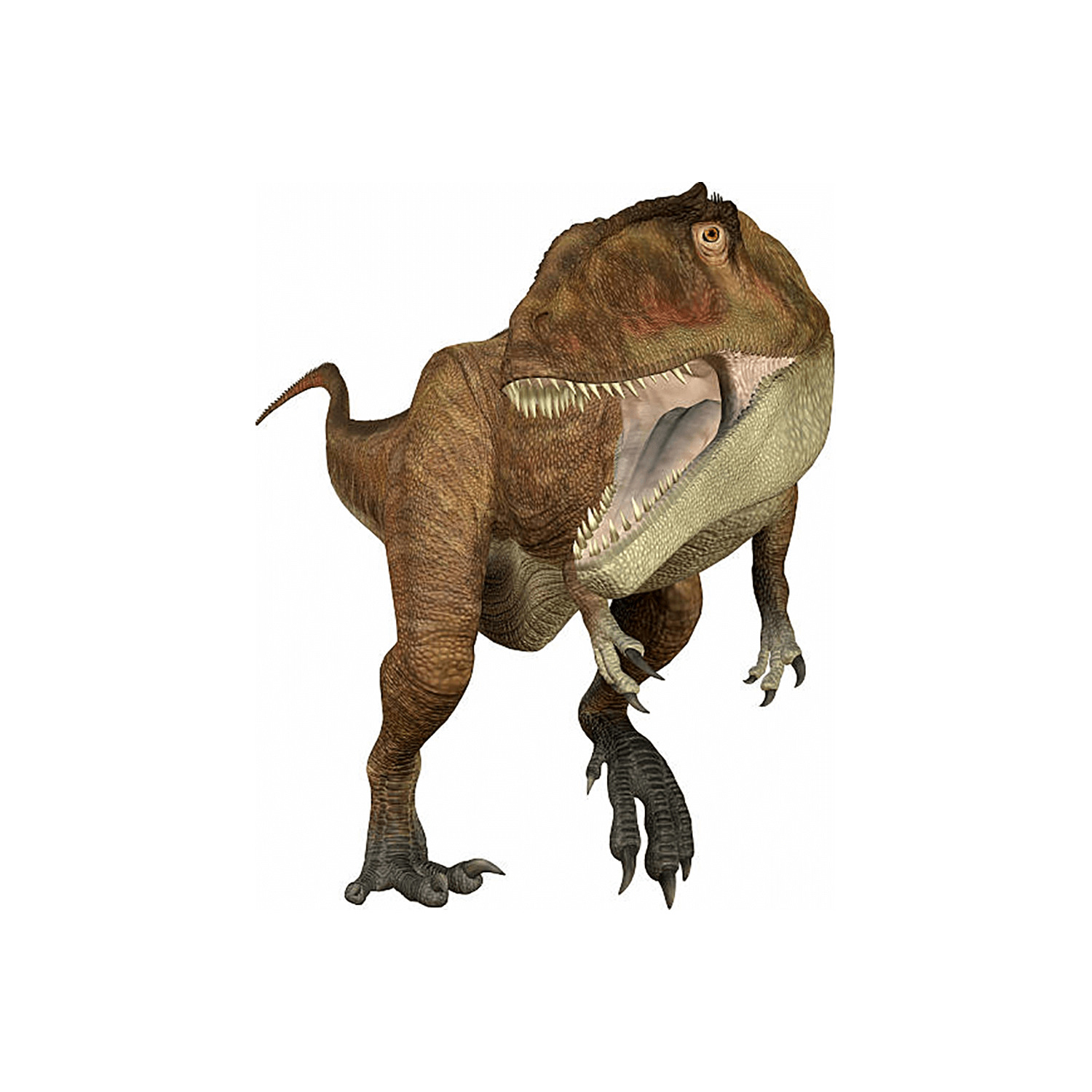
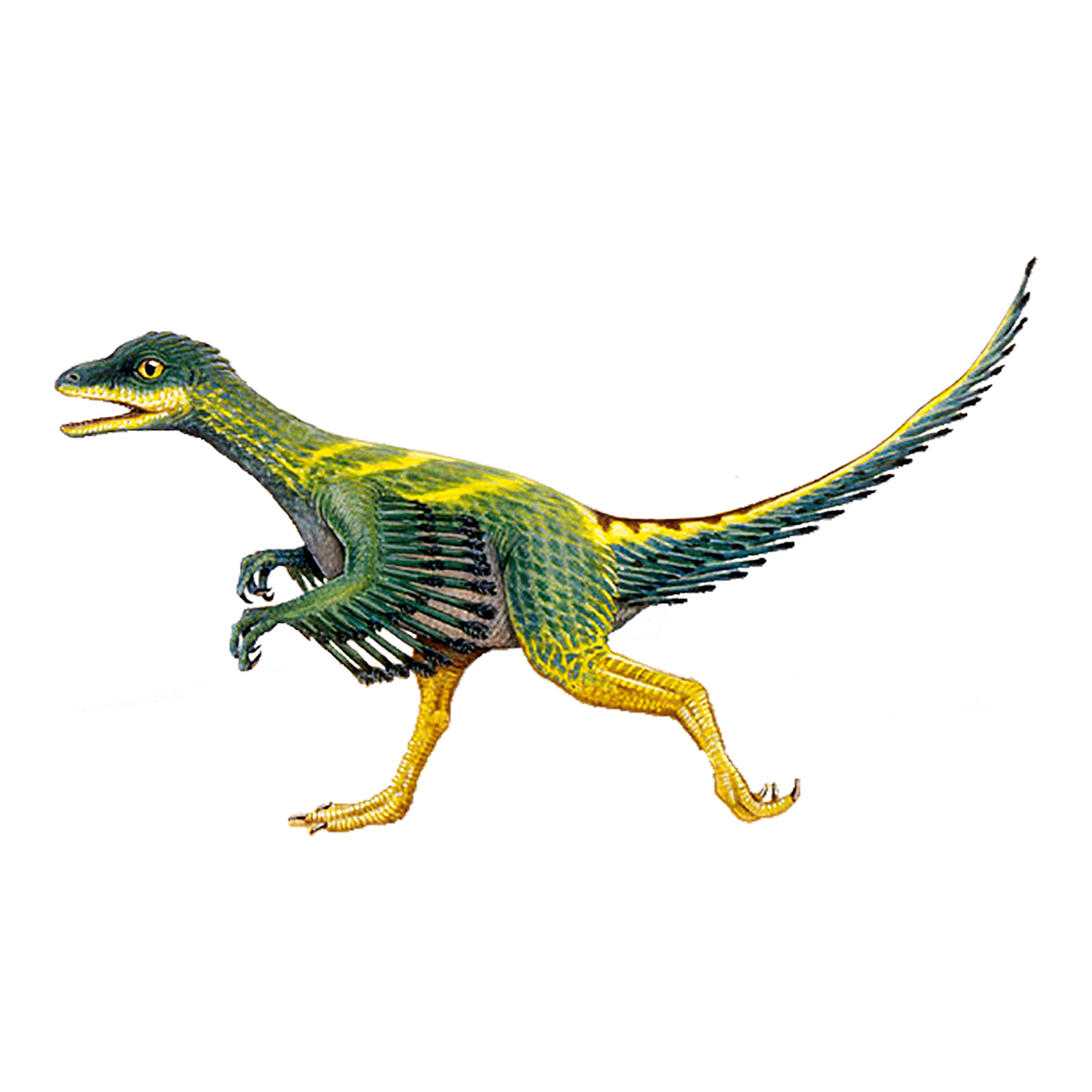
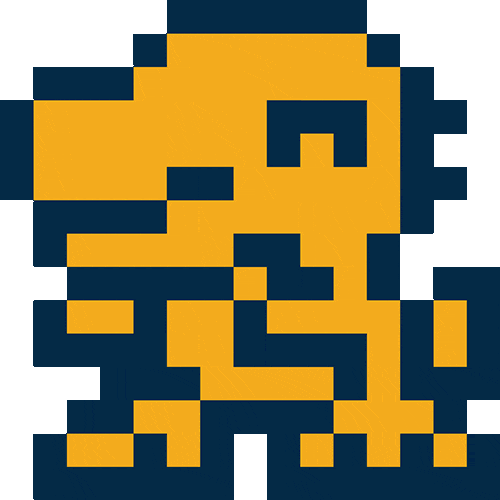
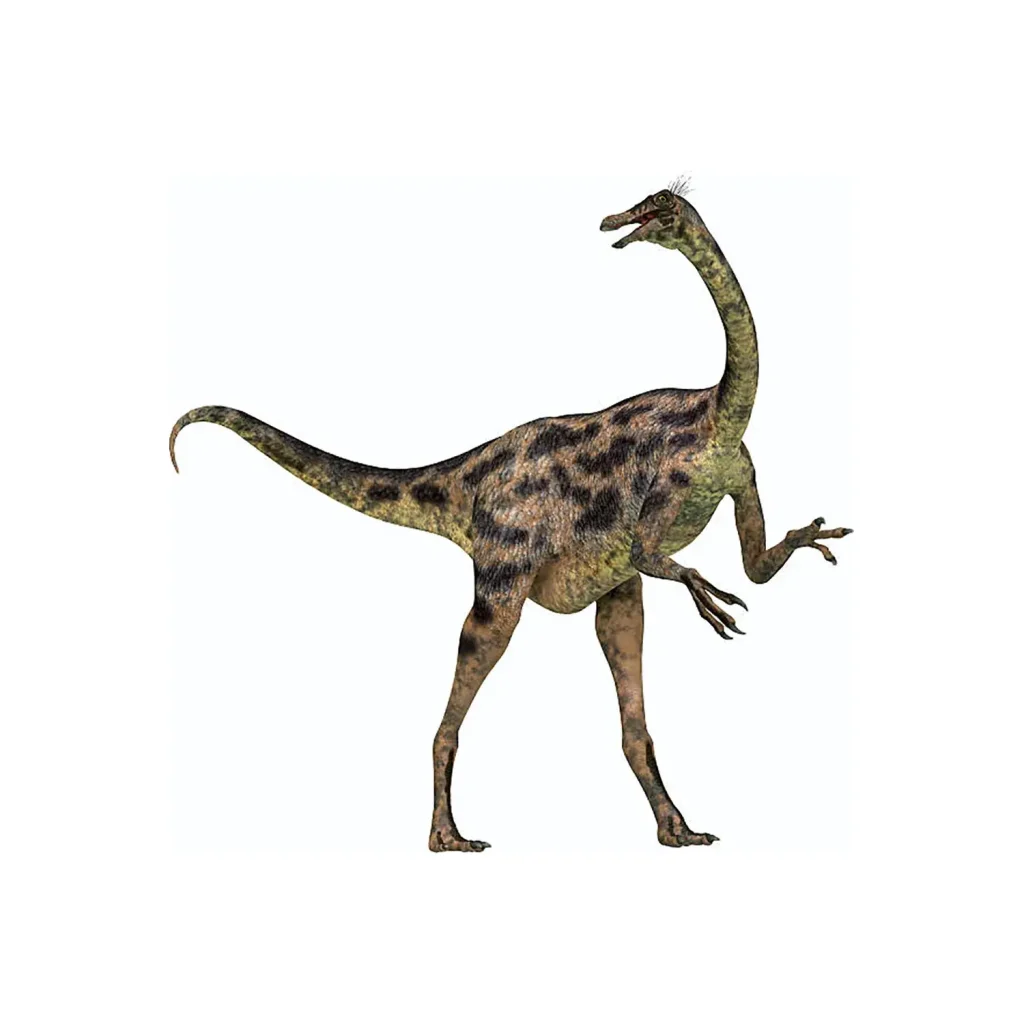
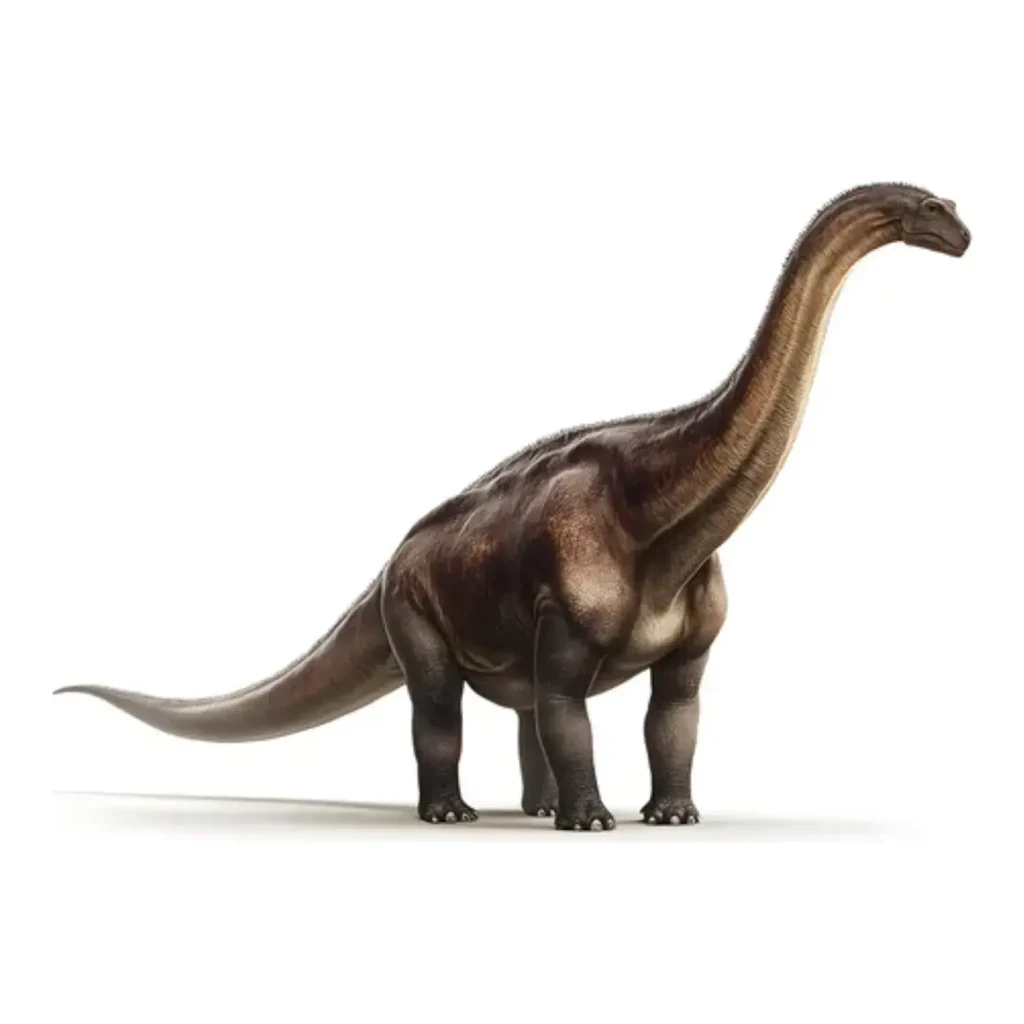
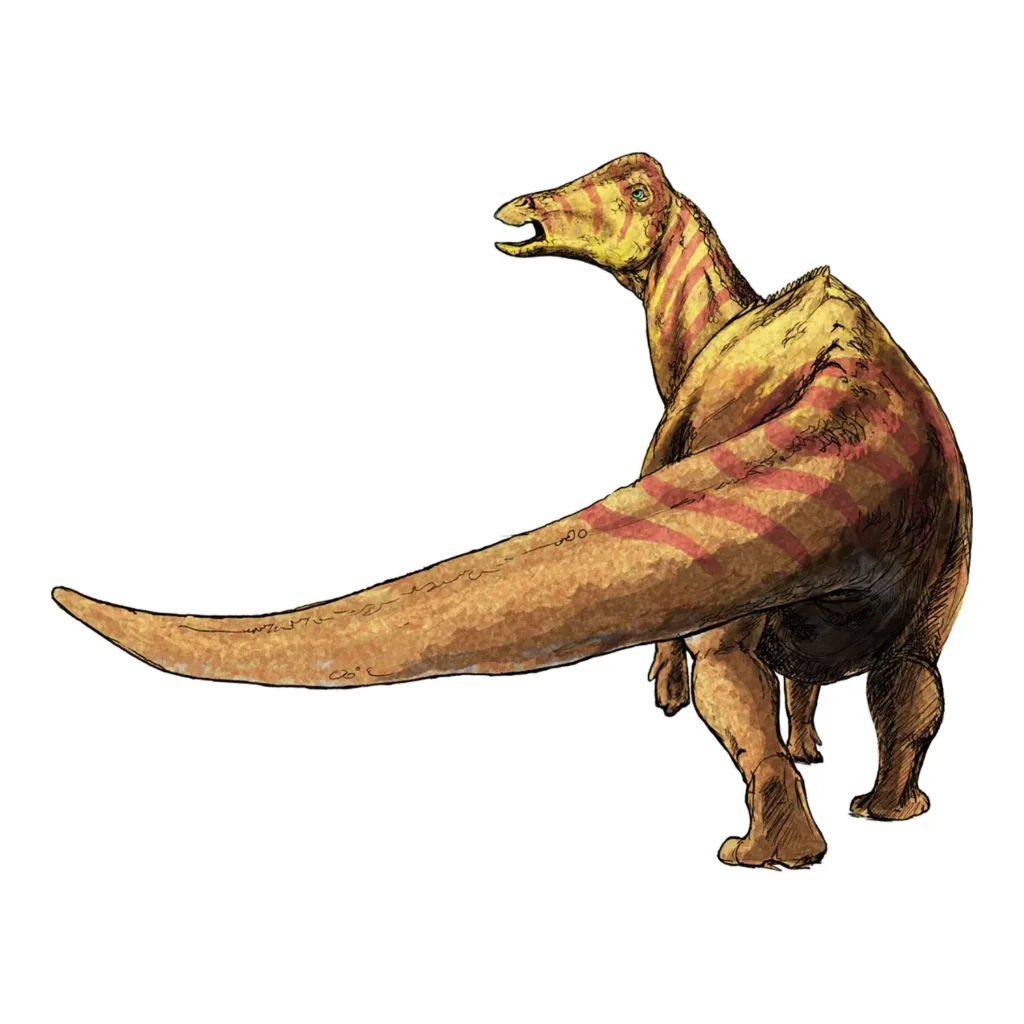
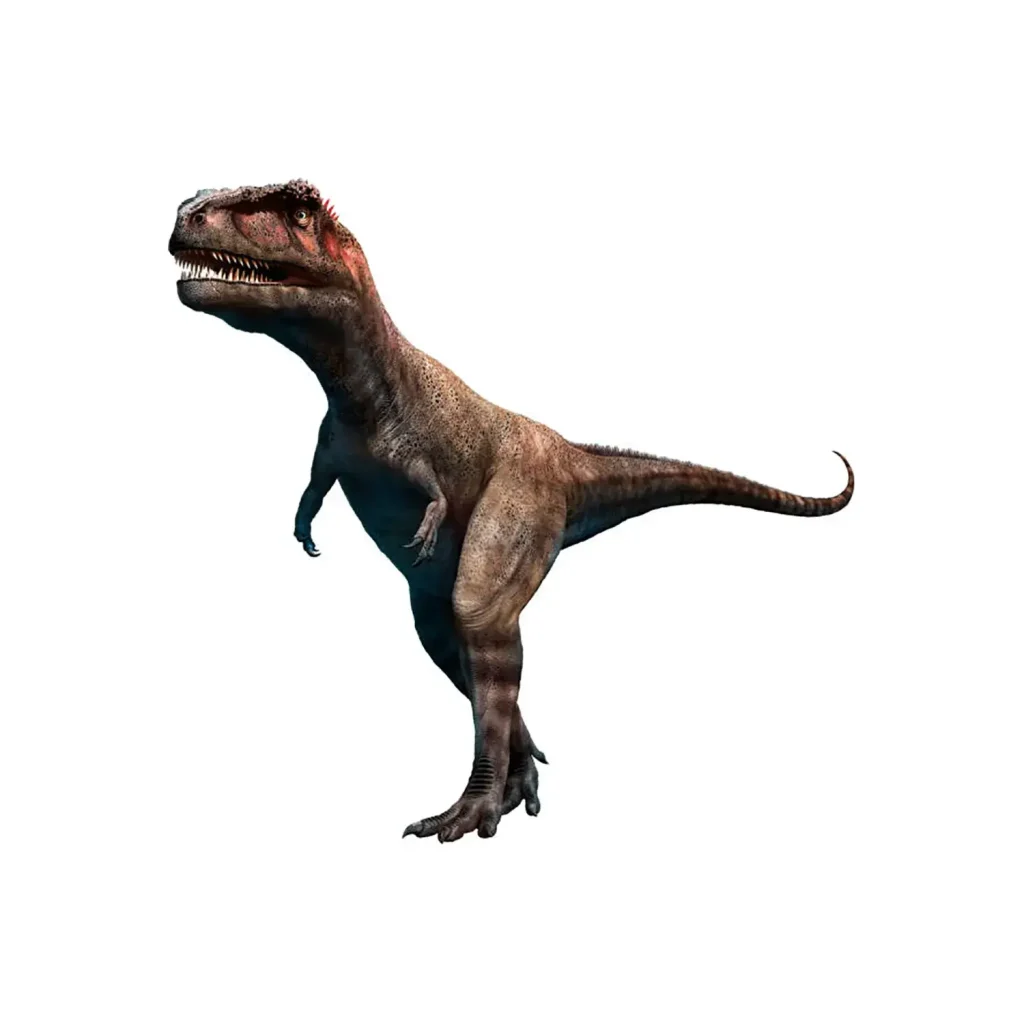
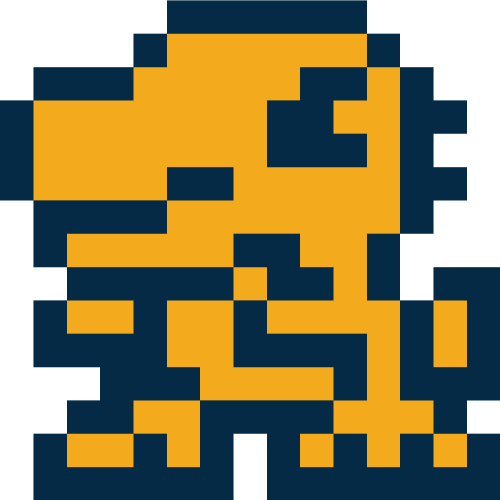
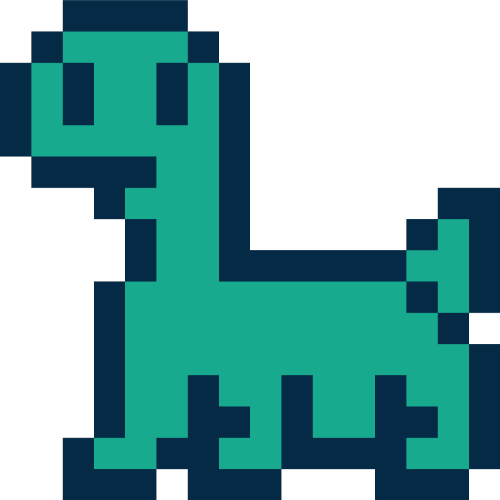
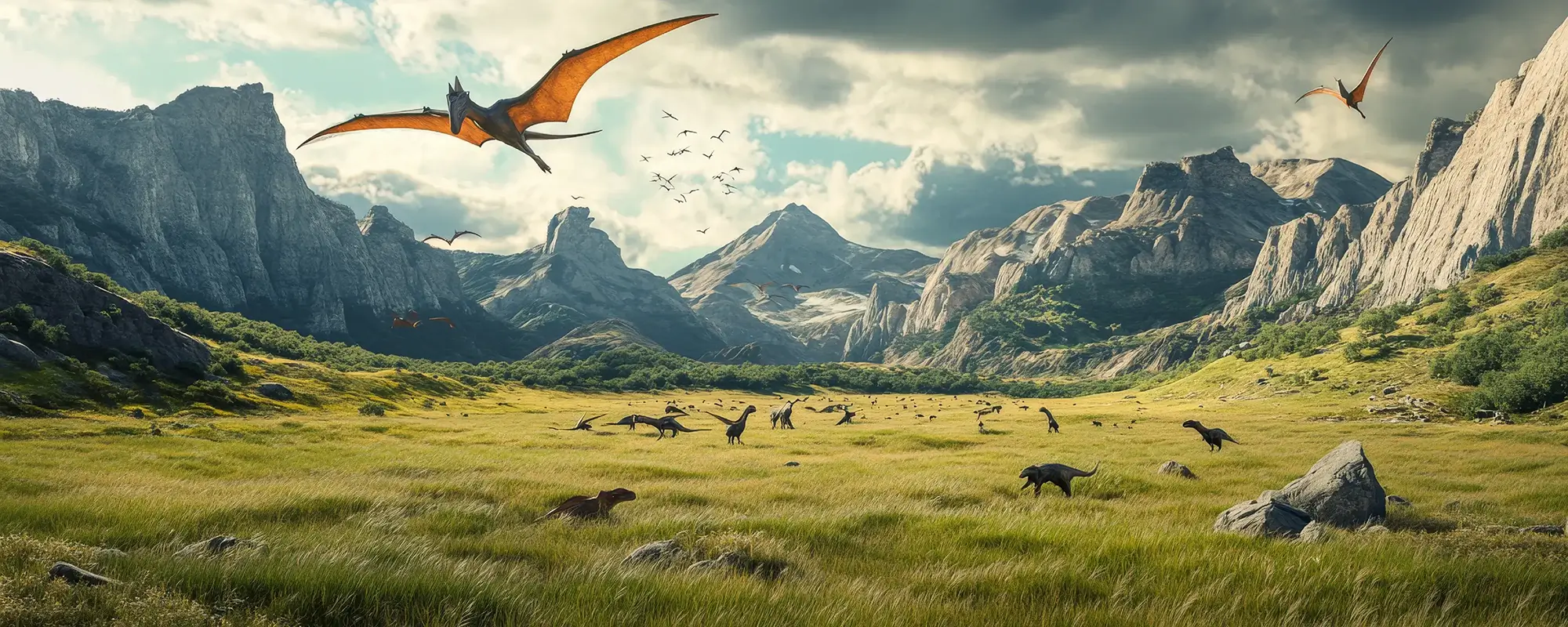



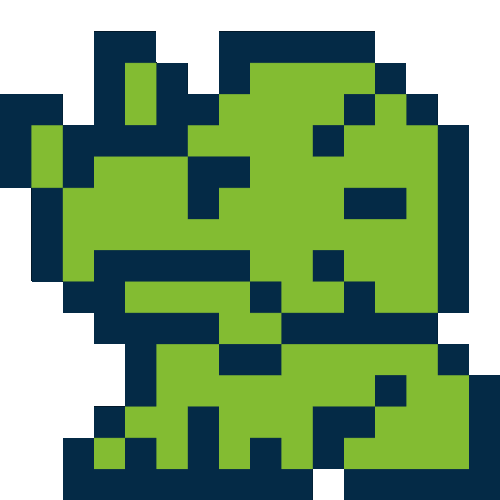
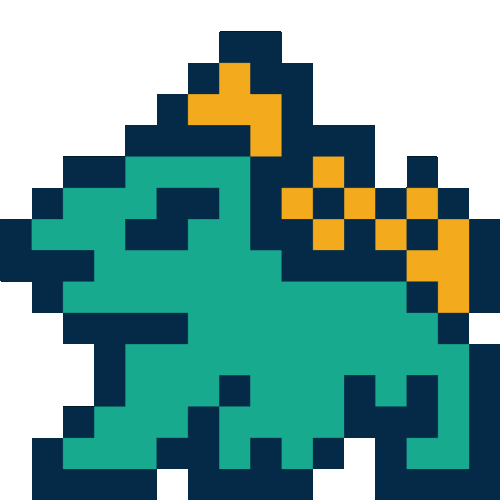
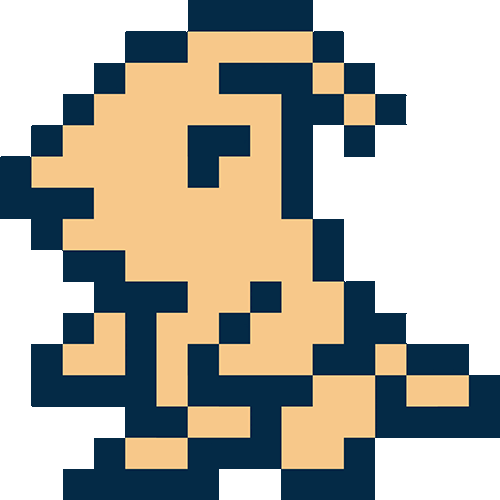

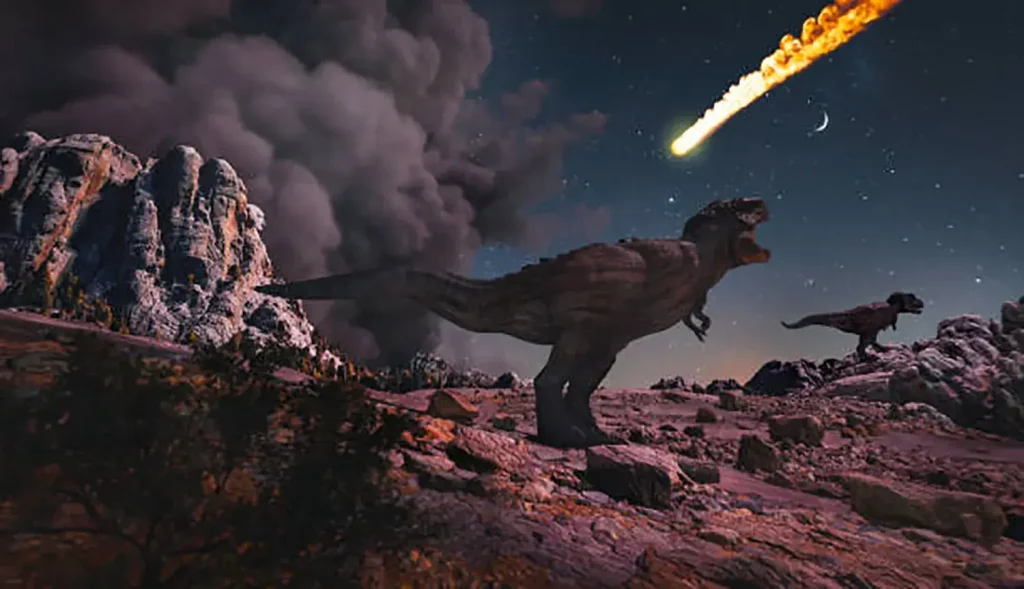
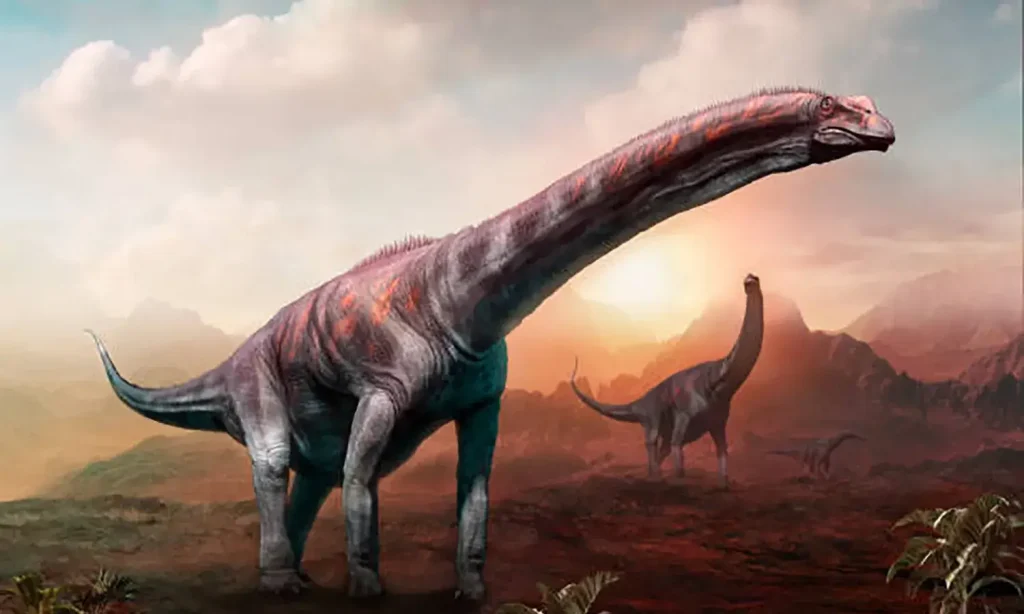
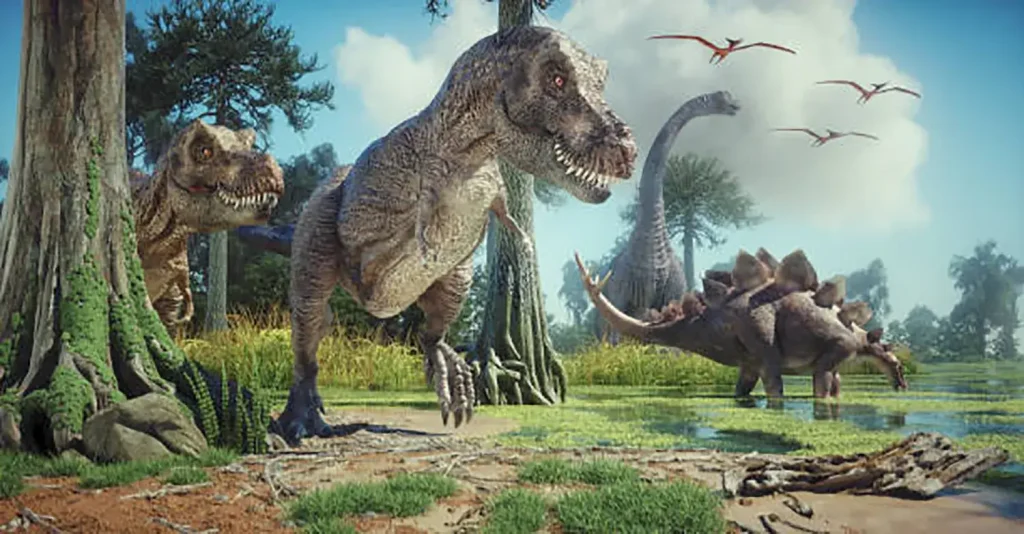
Description
Baryonyx was a carnivorous dinosaur that lived in the United Kingdom during the Early Cretaceous period.
Its name means “heavy claw,” and as its name suggests, its most prominent feature was the large claws on its forelimbs, including a thumb claw that reached a length of 35 cm.
It was 8 to 10 meters long and is believed to have lived along the banks of rivers and lakes.
It is believed to have lived along the banks of rivers and lakes.
The Pioneer of Piscivorous Dinosaurs and the Mystery of Its Diet
The greatest mystery of Baryonyx was its unique diet.
Its mouth was long and slender, like a crocodile’s, and it had a total of 96 cone-shaped teeth in its upper and lower jaws.
It had a total of 96 cone-shaped teeth in its upper and lower jaws.
Because its teeth lacked the serrations used by other carnivorous dinosaurs to tear meat, it was initially believed to have been incapable of attacking and taking down large animals.
However, the discovery of a half-digested fish fossil in its stomach drew attention to Baryonyx as a very rare dinosaur that primarily ate fish.
Like its relative, Spinosaurus, it is believed to have caught and eaten fish in a similar way to modern bears.
On the other hand, the discovery of an undigested Iguanodon bone in its digestive tract revealed that it was not exclusively piscivorous and also ate the meat of land-dwelling herbivorous dinosaurs.
It would have used the sharp claws on its forelimbs to attack other dinosaurs when it had the chance.
Hunting Style and Physical Characteristics
The neck and jaw of Baryonyx were long and slender, very similar to a crocodile’s.
It likely used its long, low-resistance snout to quickly snap at its prey.
This crocodile-like snout and tooth shape were a crucial clue for identifying its relatives, such as Spinosaurus and Suchomimus. Even today, the existence of Baryonyx is indispensable for research on these dinosaurs.
Baryonyx’s forelimbs were large for a theropod, and it appears to have had great arm strength.
Its large, curved thumb claw is believed to have been used to hook fish or to slash the bellies of prey.
A fossil of a Baryonyx claw
An Unexplained Full Picture and Future Outlook
The Baryonyx fossil was discovered in 1983 by amateur fossil collector William Walker.
Only one specimen has been found, but it is well-preserved, with about 70% of the bones identified.
However, a complete skeleton has not yet been assembled, and its full appearance remains a mystery.
In recent years, new research on its relatives has sent shockwaves through the scientific community. There may come a day when new information about Baryonyx is revealed that we do not yet know.